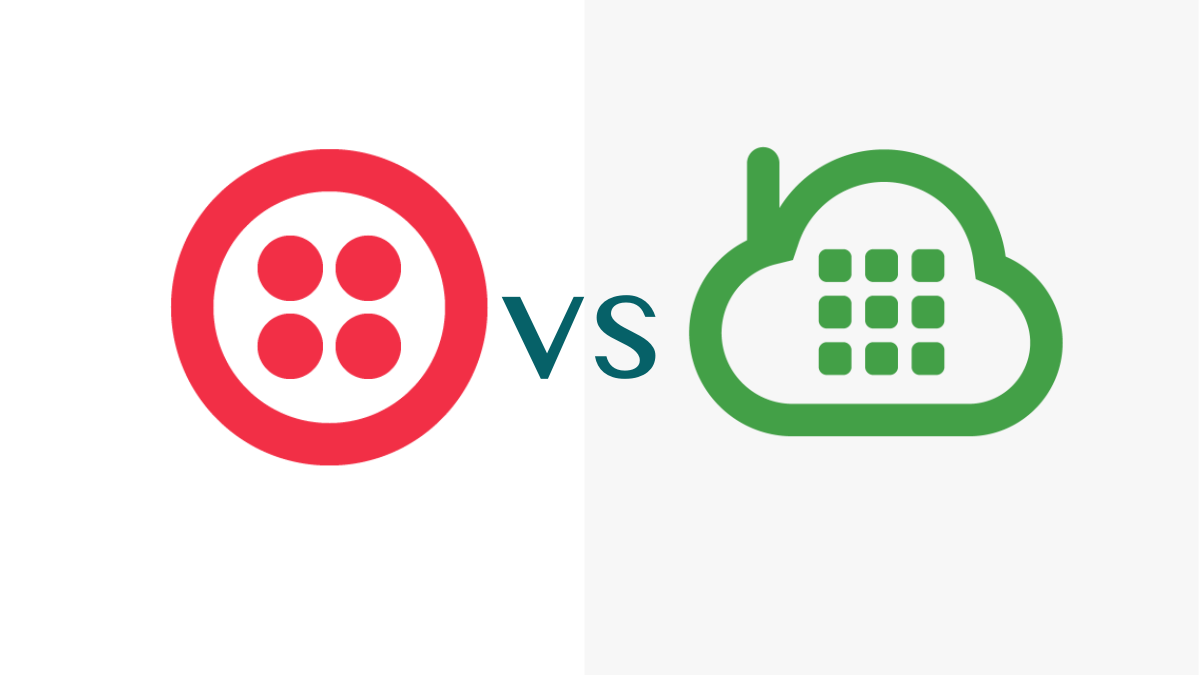
Businesses considering communications platforms as a service (CPaaS) can learn about such products by comparing and contrasting multiple offerings. Often, the choice comes down to two candidates: Twilio, the market share leader, and Plivo, the top choice for customer satisfaction, as ranked by peer-to-peer review site G2.
Here we compare Twilio with Plivo according to six common evaluation criteria.
Table of Contents
Features
Twilio and Plivo are comparable in terms of the features each offers. Both provide a voice API, messaging API, SIP trunking, and phone number rental for long codes, toll-free numbers, and short codes. Twilio also offers video and email integration. In recent years, Twilio has gone on an acquisition spree, so the company also offers a number of applications that are not integrated into its CPaaS. Plivo has begun launching applications on top of its API platform with the recent introduction of its home-grown Contacto cloud message center.
Global Reach
Twilio doesn’t publish a list of countries to which you can make calls or send messages; Plivo’s published Coverage pages for its voice and SMS APIs shows that you can communicate with people virtually anywhere on Earth. The two platforms are comparable in terms of the areas they cover.
Pricing
Pricing is a clear differentiator between Twilio and Plivo. The cost of sending and receiving SMS and MMS messages and voice calls is considerably lower with Plivo. The more calls you make and messages you send, the more cost-effective Plivo becomes.
SLA
A cloud service is useful only as long as it’s available. Both Twilio and Plivo publish status pages that show whether, at a given moment, their services are available. Twilio doesn’t show historical performance, perhaps because they’ve experienced some very public failures over the last few years. Plivo’s status page shows a record of the last 30 days. Both companies offer service level agreements (SLA) of 99.99%, which equates to about four and a half minutes of downtime per month. If a customer of either platform needs 100% availability, they can use one of the alternatives as a secondary API platform to provide services in the event that the primary provider experiences an outage, or split their workloads between two providers (Twilio and Plivo).
Documentation
In G2 reviews, Plivo documentation is described as “helpful,” “straightforward,” “detailed,” “clear,” and “easy to follow.” Twilio’s documentation gets some compliments too, but reviewers also called it “barely understandable” and said “There were a few quirks that the documentation didn’t fully explain.”
Support
If the documentation isn’t sufficient, the next step is a provider’s support team. Comments about support in G2 reviews are overwhelmingly positive. For Twilio, the positive comments are mixed with feedback such as “the support seems not so top of the line.” Other comments about Twilio support:
- Customer support is super slow.
- [H]ave you ever tried opening up a support ticket? Expect it to take days for an answer.
- Support is abysmal unless you pay a high fee to buy support.
The bottom line
After looking at all the criteria, which CPaaS provider is a better choice? We found Twilio and Plivo comparable in terms of global coverage and uptime. Twilio offers support for video and email communication, which Plivo lacks. In other key areas — price, documentation, and support — Plivo is the clear leader.
If you need a CPaaS to support voice and SMS communication, we recommend Plivo as a better Twilio alternative.